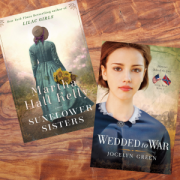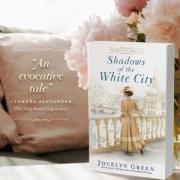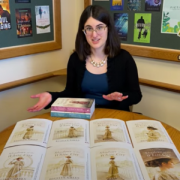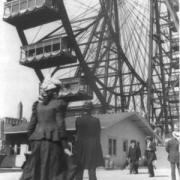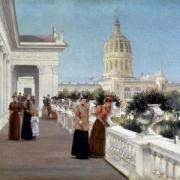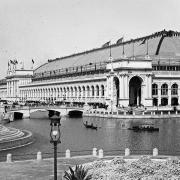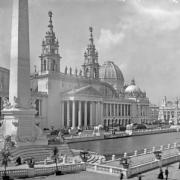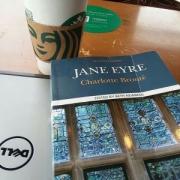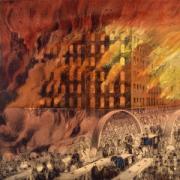Announcing: The Windy City Saga Tour!
Join me for a weekend in Chicago like none other. We’ll explore the city’s rich history through the sites found in Veiled in Smoke, Shadows of the White City, and Drawn by the Current (releasing Feb. 1, 2022).
Our time together will include a visit to the Chicago History Museum, which has a new major exhibit called “City on Fire: Chicago 1871”, as well as other exhibits which include the 1893 World’s Fair and the 1915 Eastland Disaster. Our visit here will provide the context for all three novels in The Windy City Saga and show how they fit in within the overarching story of Chicago.
We’ll also walk in the characters footsteps as we visit Lincoln Park, have lunch in The Walnut Room at Macy’s (formerly Marshall Field’s), experience the Chicago Cultural Center (the city’s first dedicated public library), tour the Jane Addams Hull-House Museum, and hear from the granddaughters of an Eastland Disaster survivor at the site where the event happened along the Chicago River.
Those who arrive by late Thursday afternoon may opt to come on a walking tour of Prairie Avenue Historic District, which is the neighborhood where Sylvie and Meg Townsend (in Veiled in Smoke) live after the Great Fire displaces them from Courthouse Square. The tour will conclude with a tour and dinner at Second Presbyterian Church, the only church in Chicago to be on the National Historic Landmark Registry.
But that’s not all. Other optional excursions include:
Attending a performance at the Chicago Symphony Orchestra
Enjoying an architectural cruise on the Chicago River
Watching a live radio production of “Unshackled” at the historic Pacific Garden Mission
Touring The Art Institute, one of the best art museums in the nation and one of only two buildings still standing that were built for the World’s Fair of 1893
Visiting the Museum of Science & Industry, originally built as the Palace of Fine Arts for the 1893 World’s Fair. Explore the Wooded Island next to MSI, also constructed for the World’s Fair.
And more!
Plenty of free time will allow you to customize your weekend and visit the attractions, shops, and/or restaurants that are important to you.
Our home in Chicago will be the iconic and unparalleled Palmer House hotel, as seen in both Veiled in Smoke and Shadows of the White City. It’s the longest continuously-running hotel in the country and truly a work of art.
See a YouTube video tour of the hotel here, and a brief taste of its history in a YouTube video here.
Its downtown location puts us within an easy walk of several attractions and many restaurants. I’ve highlighted a few on the snapshot below, but you can get a better sense of our location by looking up our location on Google Maps and exploring the area that way.
More details, including detailed itinerary, pricing, excursions list and FAQs will be added soon. If you’d like to be notified via email when more information is available, please fill in this Google form.


